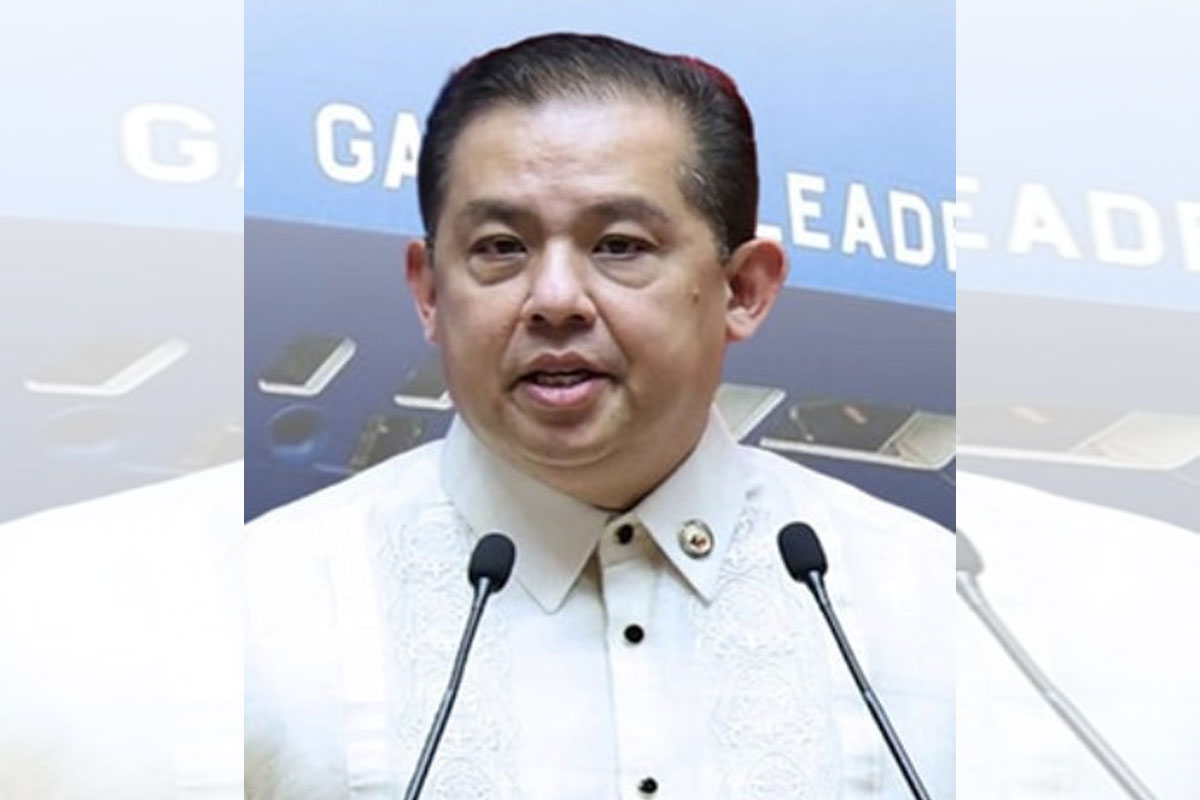
Proposed PH Nat’l Nuke Energy Safety Act OK’d on 3rd reading
THE House of Representatives has overwhelmingly approved on third and final reading the proposed law that would formalize the Marcos administration’s foray into nuclear energy development in many ways.
The landmark measure, House Bill (HB) No. 9293, garnered a total of 200 affirmative and seven negative votes and two abstentions during the plenary session.
Also known as the “Philippine National Nuclear Energy Safety Act”, the bill aims to establish a legal framework to govern and facilitate nuclear energy’s peaceful, safe, and secure uses.
The measure defines nuclear energy–also called atomic energy–as any form of energy released during nuclear fission, nuclear fusion, or any other nuclear transmutation.
A key provision of HB No.9293 involves the creation of the Philippine Atomic Energy Regulatory Authority (PhilATOM) .
“The PhilATOM shall have sole and exclusive jurisdiction to exercise regulatory control for the peaceful, safe, and secure uses of nuclear energy and radiation sources in the Philippines,” noted Speaker Ferdinand Martin G. Romualdez.
“This is the first step toward realizing our dream of energy security. We share this bold but promising vision of President Ferdinand ‘Bongbong’ R. Marcos Jr. to look into nuclear energy seriously,” Speaker Romualdez said.
Some of the principal authors are Reps. Mark Cojuangco, Gloria Macapagal Arroyo, Aurelio Gonzales Jr., Manuel Jose Dalipe, Sonny Lagon, PM Vargas, Ralph Recto, Jurdin Jesus Romualdo, LRay Villafuerte, Joey Salceda, Robert Ace Barbers, Eleandro Jesus Madrona, Erwin Tulfo, Franz Pumaren, Ron Salo, Dan Fernandez, Divina Grace Yu, Mario Vittorio Mariño, Rufus Rodriguez, Carlito Marque, Mohamad Khalid Dimaporo, Jeyzel Victoria Yu, Gus Tambunting, and others.
Indeed, to embrace change is to embrace the future,” underscored the leader of the 300-plus-strong chamber.
The bill states that all regulatory functions of the Philippine Nuclear Research Institute (PNRI) would be transferred to PhilATOM.
Moreover, all regulatory functions regarding devices generating ionizing radiation of the Radiation Regulation Division of the Center for Device Regulation, Radiation, Health and Research of the Department of Health – Food and Drug Administration will also be transferred to the Authority.
The PhilATOM Council shall be formed and have the following functions and responsibilities: 1) Establish the general policy of the Authority and its strategic plans; 2) Adopt the annual budget and balance sheet of the Authority; 3) Adopt the organizational structure of the Authority; 4) Issue regulations, standards and guides of the Authority; 5) Adopt the schedule of fees and charges for authorizations; 6) Issue authorizations for nuclear and radiation facilities and its associated activities; and 7) Any other functions designated by the President.
“The PhilATOM Council shall be the highest body of the Authority. The PhilATOM Council shall be comprised of the DG (director general) and the DDGs (deputy director generals). The DG shall be the Chairperson of the PhilATOM Council,” read the bill.
Among PhilATOM’s functions and responsibilities is assisting the government in developing national policies and measures for controlling regulated activities and facilities.
It is tasked to issue regulations, standards, and guidelines necessary to implement this Act.
It is also mandated to maintain a national register of radiation sources and to inspect, monitor, and assess facilities and activities to verify compliance with this Act.
PhilATOM is also tasked to cooperate with the Vienna, Austria-based International Atomic Energy Agency (IAEA). The agency is the world’s center for cooperation in the nuclear field.
An entire article of the bill is dedicated to radioactive protection. The measure aims to protect people and the environment against the harmful effects of ionizing radiation.
“The Authority shall establish a system of control over radioactive sources and devices in which such sources are incorporated to ensure that they are safely managed and securely protected during their useful lives and at the end of their useful lives, by the recommendations and guidance of the International Commission on Radiological Protection and implementation of the relevant requirements of the IAEA,” it read.




















